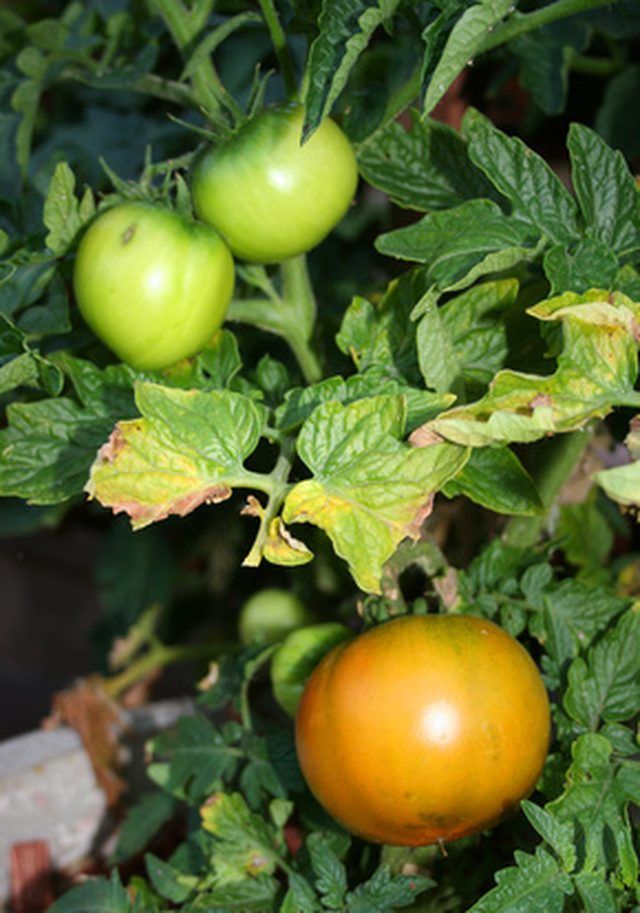Bulbs
Flower Basics
Flower Beds & Specialty Gardens
Flower Garden
Garden Furniture
Garden Gnomes
Garden Seeds
Garden Sheds
Garden Statues
Garden Tools & Supplies
Gardening Basics
Green & Organic
Groundcovers & Vines
Growing Annuals
Growing Basil
Growing Beans
Growing Berries
Growing Blueberries
Growing Cactus
Growing Corn
Growing Cotton
Growing Edibles
Growing Flowers
Growing Garlic
Growing Grapes
Growing Grass
Growing Herbs
Growing Jasmine
Growing Mint
Growing Mushrooms
Orchids
Growing Peanuts
Growing Perennials
Growing Plants
Growing Rosemary
Growing Roses
Growing Strawberries
Growing Sunflowers
Growing Thyme
Growing Tomatoes
Growing Tulips
Growing Vegetables
Herb Basics
Herb Garden
Indoor Growing
Landscaping Basics
Landscaping Patios
Landscaping Plants
Landscaping Shrubs
Landscaping Trees
Landscaping Walks & Pathways
Lawn Basics
Lawn Maintenance
Lawn Mowers
Lawn Ornaments
Lawn Planting
Lawn Tools
Outdoor Growing
Overall Landscape Planning
Pests, Weeds & Problems
Plant Basics
Rock Garden
Rose Garden
Shrubs
Soil
Specialty Gardens
Trees
Vegetable Garden
Yard Maintenance
The Length of Time To Go From a Tomato Seed to Tomatoes
The Length of Time To Go From a Tomato Seed to Tomatoes. The length of time it takes for a tomato seed to germinate and grow from a seedling into a plant and then to produce its first tomato varies from one cultivar to another.For gardeners in much of the United States, the process begins in mid-winter, when seeds are placed in trays indoors, and...

The length of time it takes for a tomato seed to germinate and grow from a seedling into a plant and then to produce its first tomato varies from one cultivar to another.
For gardeners in much of the United States, the process begins in mid-winter, when seeds are placed in trays indoors, and may continue through the summer and even extend into early fall.
Tomatoes can be classified as early, mid-season or late-season producers. Some growers plant a blend of all three types to have a variety of tomatoes at their disposal.
Seedlings
Descriptions on seed packages and in catalogs often list a maturity time in numbers of days for most varieties of tomatoes. This maturity time is from the time seedlings are transplanted into the soil and does not include germination and early seedling growth. For most tomatoes, seeds germinate in about 7 to 10 days. Seedlings should be a minimum of 3 to 4 weeks old and have at least two pairs of true leaves before being transplanted outdoors.
Early Tomatoes
Early tomatoes are those that produce fruit in 60 days or less from transplant outdoors. When germination and seedling growth are figured in, maximum time from seed to tomato can be expected in about 98 days. Some are capable of doing this in as little as 78 days. Early tomato plants are more suited to areas with short growing seasons. Some common varieties are "Early Girl," a regular sized tomato; "Tiny Tim," a cherry tomato; and "Native Sun," a yellow-fruited specimen.
Mid-Season Tomatoes
Mid-season tomatoes are those that are considered regular tomatoes, producing fruit in the middle of the growing season. Mid-season tomatoes take from 60 to 79 days to mature from seedlings, putting the entire growing process from seed to tomato anywhere between 91 and 108 days. Examples of mid-season varieties would be "Jelly Bean, a grape tomato"; "Better Boy" and "Big Girl" for standard-size tomatoes; and "Washington Cherry," a cherry tomato.
Late Tomatoes
Late-season tomatoes can take 80 days or more to come to fruit, which means from the time seeds are planted, as much as 118 days can pass before tomatoes can be harvested. Late-season tomatoes tend to be the largest of the tomato varieties. Some late varieties are "Golden Boy," a yellow-fruited tomato; "Brandywine, a large heirloom variety"; and "Viva Italia," a red paste tomato.
Preferences
Reasons for choosing early tomatoes may be as simple as being anxious for the first taste of fresh garden tomatoes or because your location has a short growing season. Mid-season tomatoes provide a wide variety of sizes, colors, flavors and uses. Often these are the tomatoes that are used for canning and freezing as well as for fresh eating. Late-season tomatoes include many heirloom varieties, from which seeds can be saved, and some of the largest tomatoes—among them "beefsteak."